While at Puducherry, we heard tales of a friend’s unwitting motorcycle trip into an enchanting forested beach amidst free running Blackbucks and an old lighthouse in the background. We decided we just had to visit this place. Tracing the route took us to Point Calimere Wildlife Sanctuary, also known as Kodaikarai Wildlife Sanctuary.
Point Calimere Wildlife Sanctuary is a tiny bit (21 sq Km) of forest about 4 hours from Puducherry towards further south in Tamil Nadu. It’s supposed to host a whole lot of migratory birds in the winters apart from its resident species. It’s supposed to have plenty of blackbuck too, but we saw more domestic cattle, tractors, locals bathing in its beaches and people driving off the designated driving routes to get close to the 3 or 4 blackbucks that we could see.
The Blackbuck (Antilope cervicapra) is an ungulate species of antelope native to the Indian subcontinent that has been listed as Near Threatened on the IUCN Red List since 2003, as its range has decreased sharply during the 20th century.
We couldn’t see a lot of wildlife since we had only a few hours with us. But if protected and cared for, this sanctuary has tremendous potential to support a wide and flourishing biodiversity.
There are threee lighthouses here. The earliest is a Chola Lighthouse, said to have been built by the Chola Dynasty almost a 1000 years ago. It is now only in ruins and is found next to the British Lighthouse.
The British Lighthouse was built by the British and is a tall 13 meters structure which is still functional.
The Kodaikarai Lighthouse is a taller 45 meters structure which is not accessible to the public.
Kodaikarai Wildlife Sanctuary can get very hot.Make sure you dress for the heat and carry water with you. Please do not leave any litter behind and do not disturb any wildlife.
From the forest department website : “Blackbuck, locally called Velimann, is the key species of the sanctuary. Other important animals of the sanctuary include Spotted deer, Jackal, Civet, Wild boar, Jungle Cat, Bonnet Macaque, Blacknaped Hare and the Common Indian Mongoose. A notable feature of the sanctuary is the presence of feral horses.
Olive Ridley turtles have been regularly nesting in the sanctuary beach. During winter, Dolphin sighting is common along the sanctuary coast. Between October and March, it is crammed with a great variety of birds – terns, gulls, storks, herons and enormous congregations of coastal waders, but the most spectacular are the Lesser and the Greater Flamingos.
With the arrival of north east monsoons, migratory birds start congregating in and around the sanctuary. More than a hundred species of migratory birds visit the sanctuary. They include Flamingo, Painted Storks, Pelicans, Teals, Terns, Ducks and a variety of shore birds. About 20000 Flamingoes visit the Sanctuary every year. The rare Spoonbill Sandpiper has also been sighted in the sanctuary. White bellied Sea Eagle, Montagu’s Harrier, White-eyed Buzzard, Peregrine Falcon, Common Kestrel, Osprey, Blue faced Malkoha, Pied Cuckoo, Blue tailed Bee eater, Yellow billed Babbler, Chestnut-tailed starling, Asian Paradise- flycatcher, Greater Flamingo, Lesser Flamingo, Spot billed Pelican, Great Cormorant, Grey Heron, Purple Heron, Western Reef Egret, Eurasian Spoonbill, Northern Shoveler, Red-crested Curlew, Spoon-billed Sandpiper, Black tailed Godwit, Asian Dowitcher, Pallas’s Gull, Caspian Tern, Great Crested Tern, Black-capped Kingfisher are some of the other important species.”

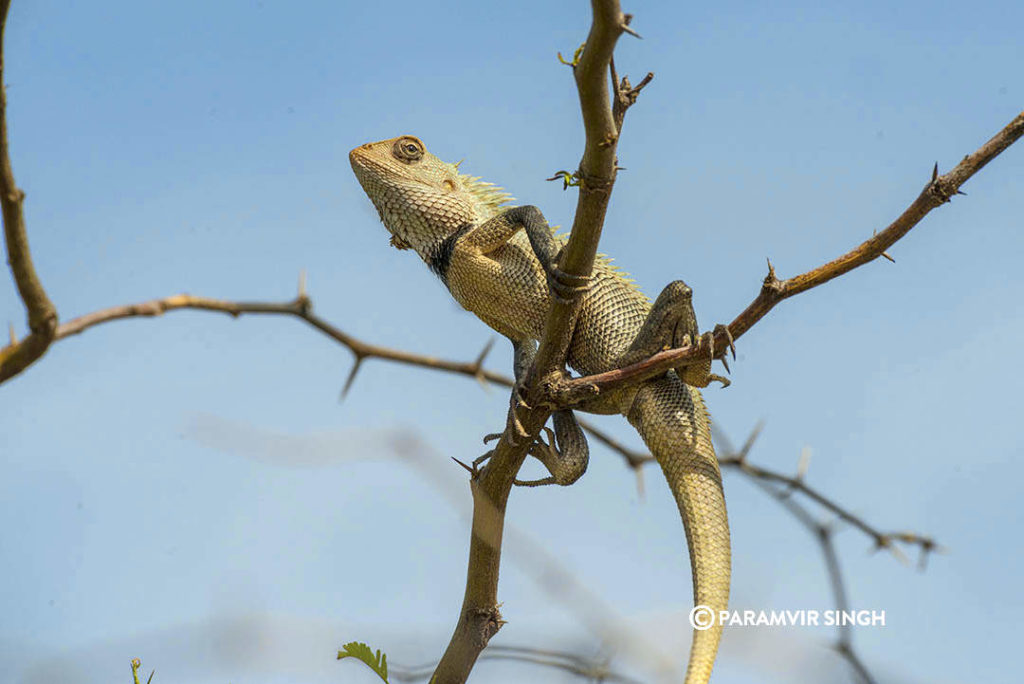



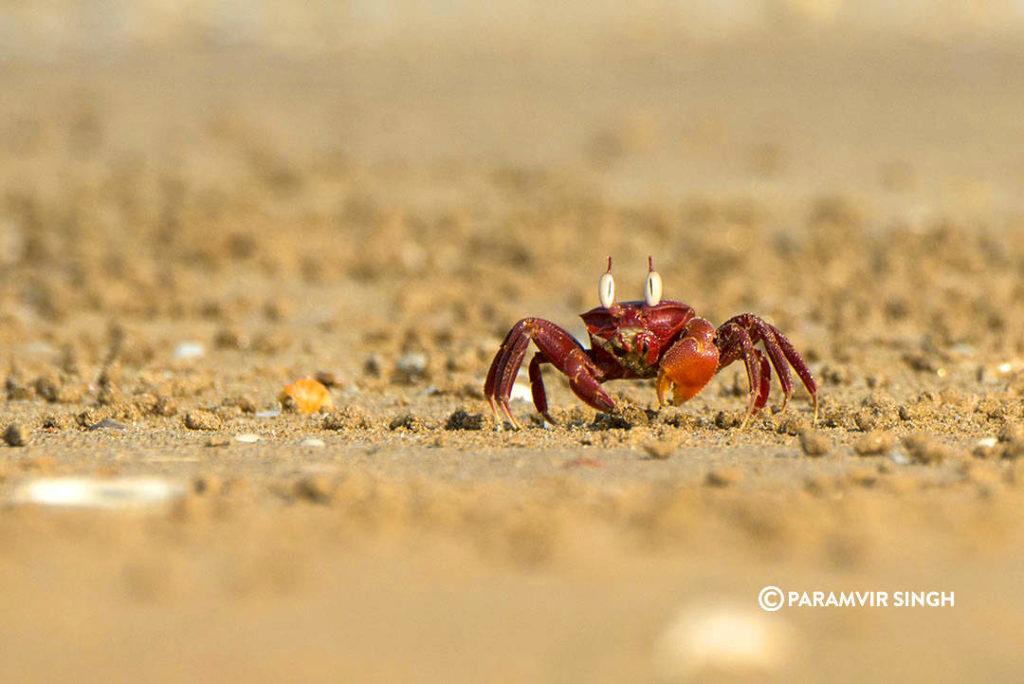
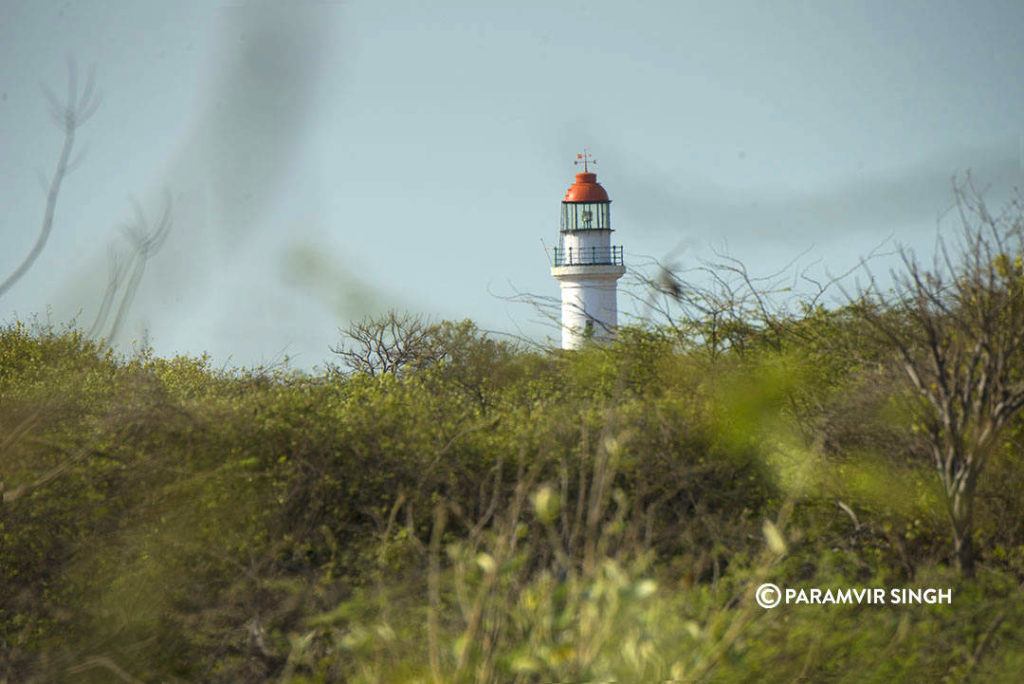

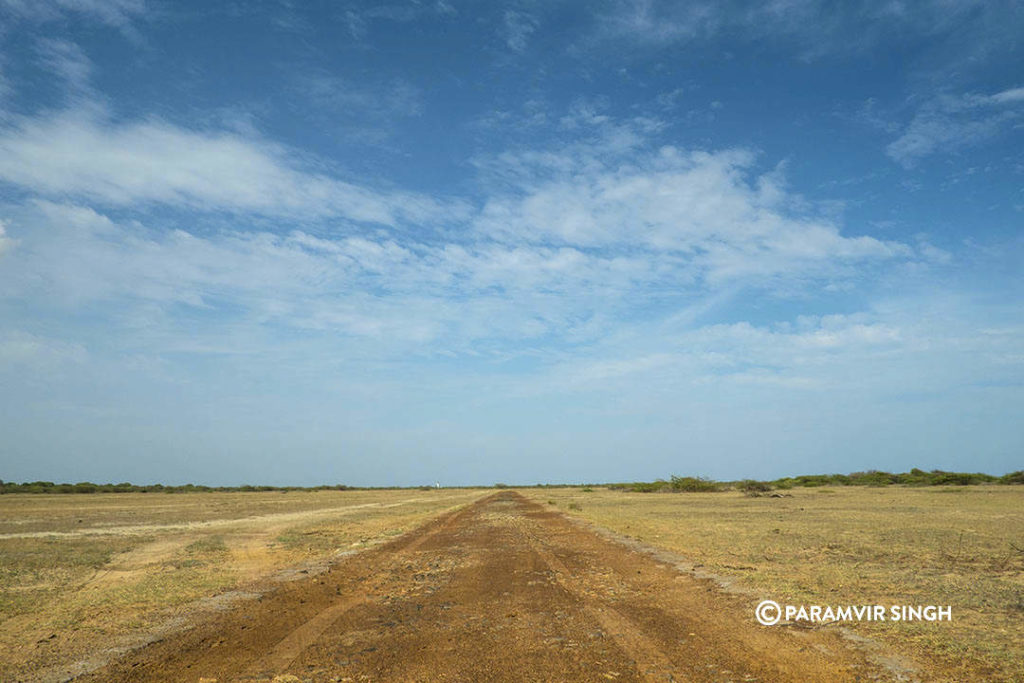
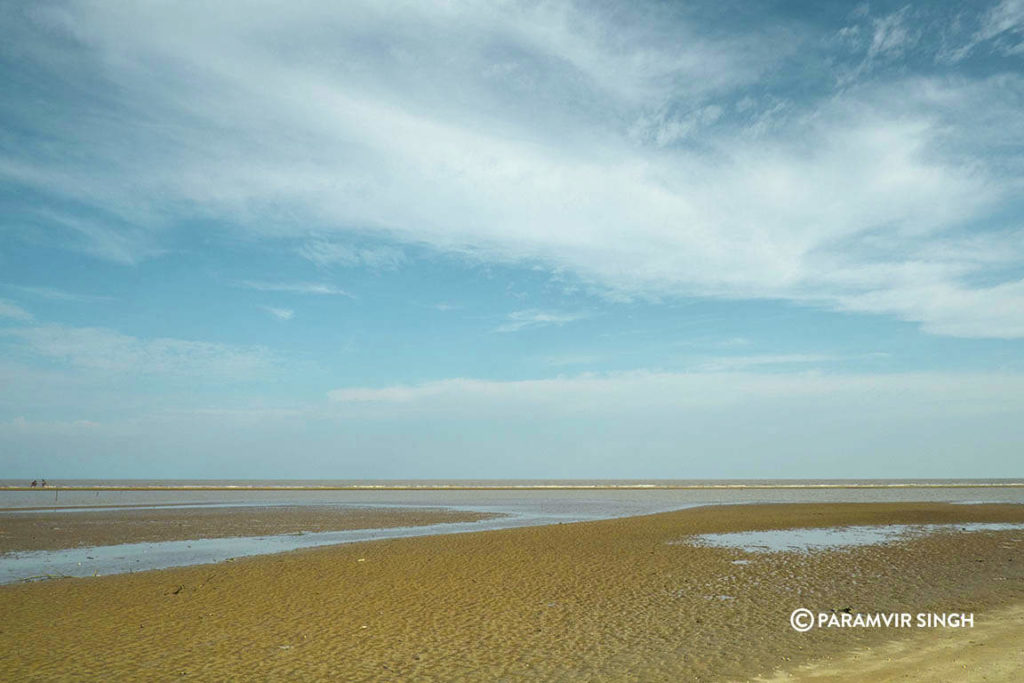
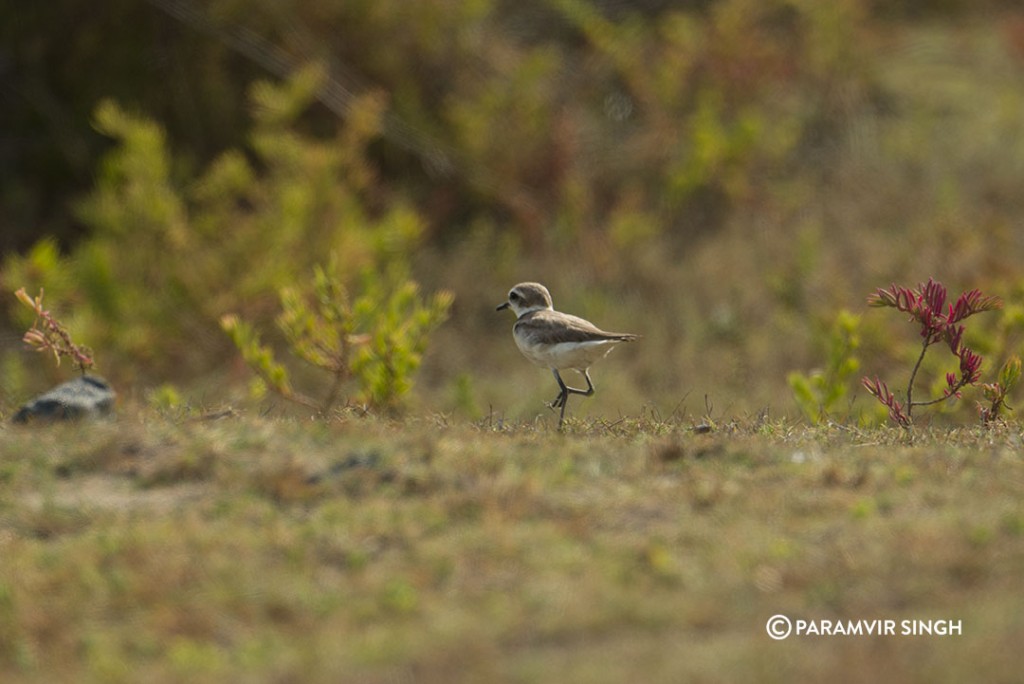

How to reach: Point Calimere can be approached from Nagapattinam (60 KM) and Thanjavur (110 KM) by road. Chennai 360 KM by road.
Where to Stay: We suggest staying at the beautiful Tranquibar, also known as Tharangambadi and making a day trip here.
Flamingo House ( Poonarai illam), a Forest Rest House is available at Kodaikarai.
Nearest Airport : Thanjavur
Wildlife Warden,
Point Calimere WLS, Collectorate,
Nagapattinam 611 002,
District Nagapattinam,
Tel. +91 44 2432 3783


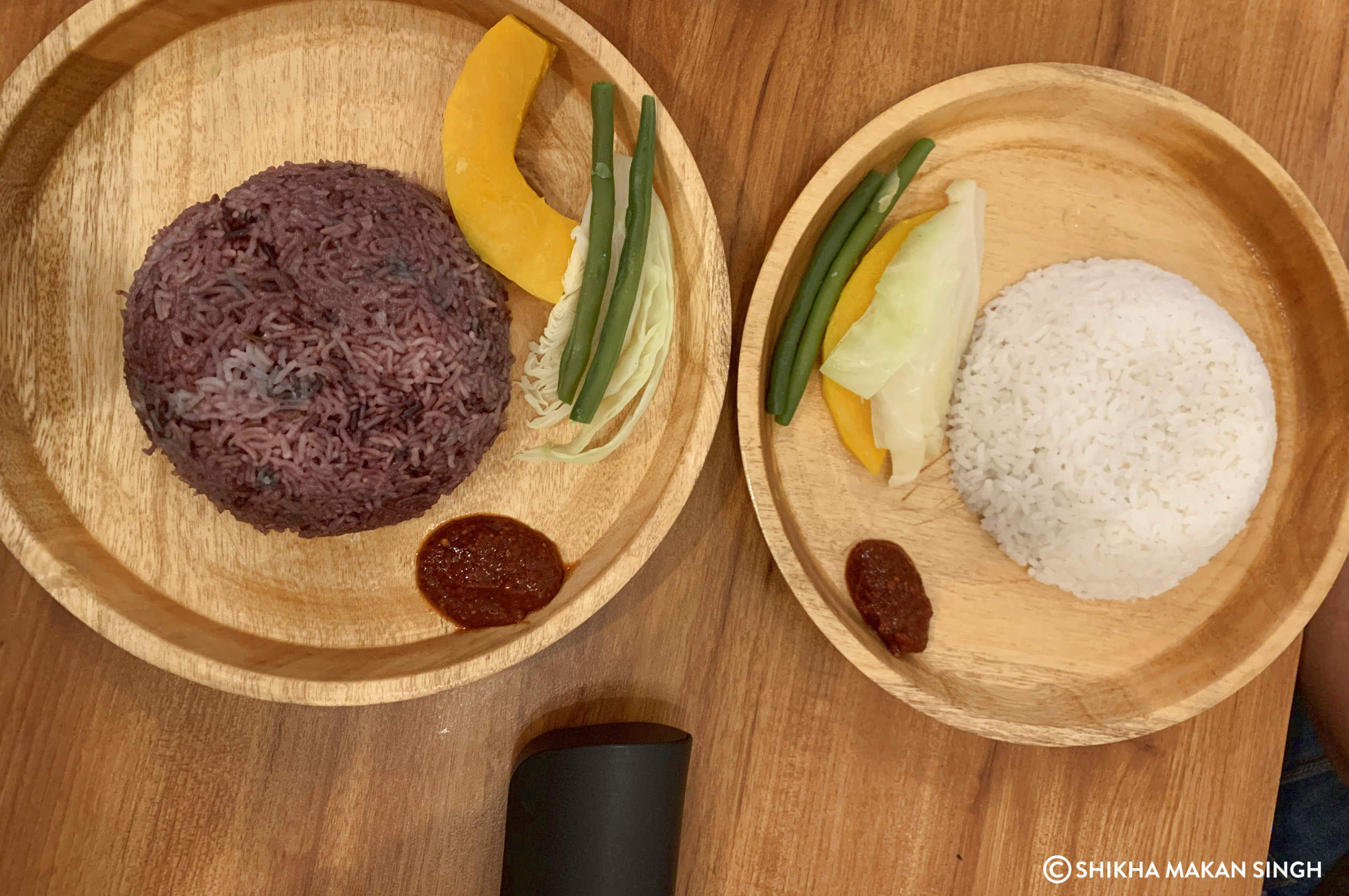

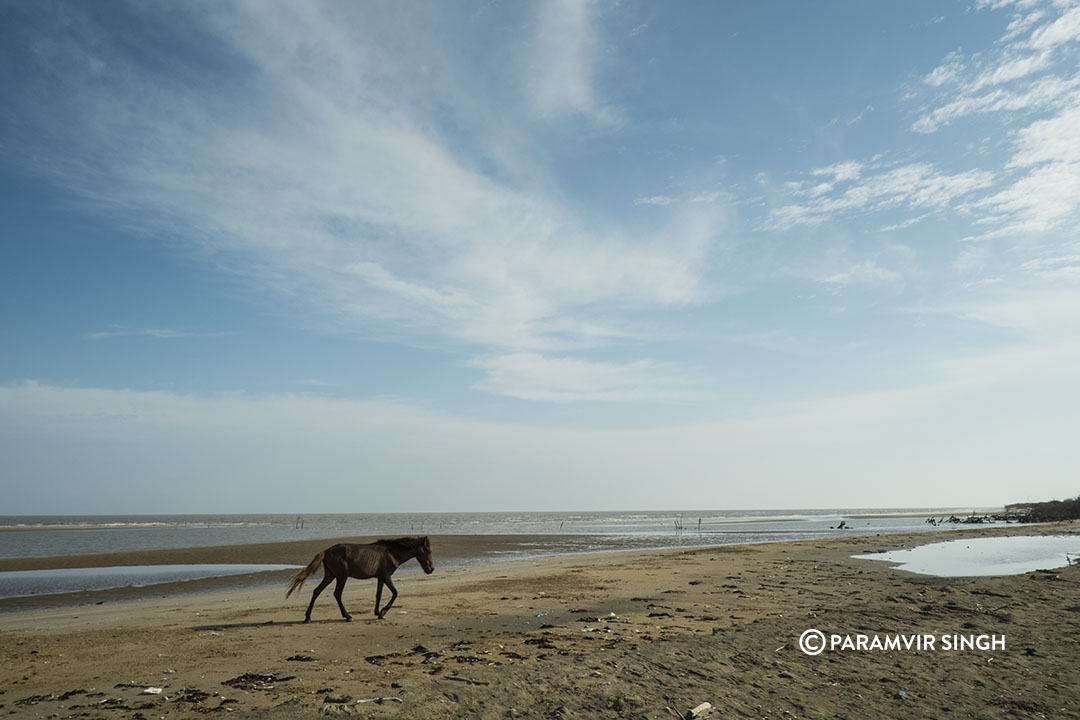
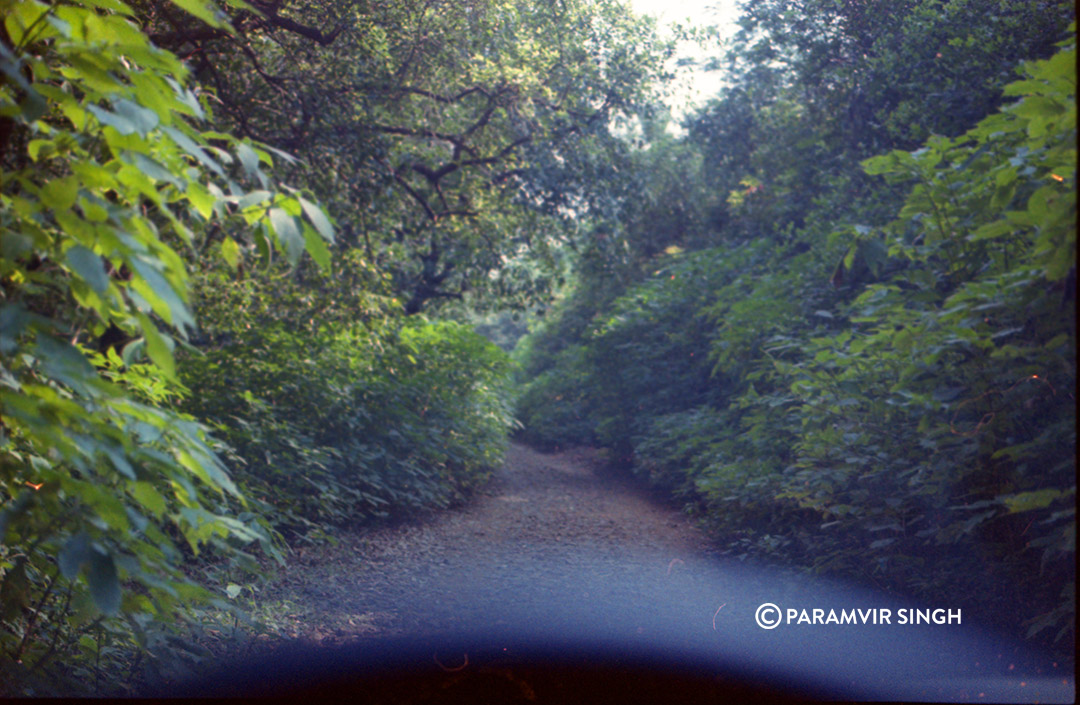

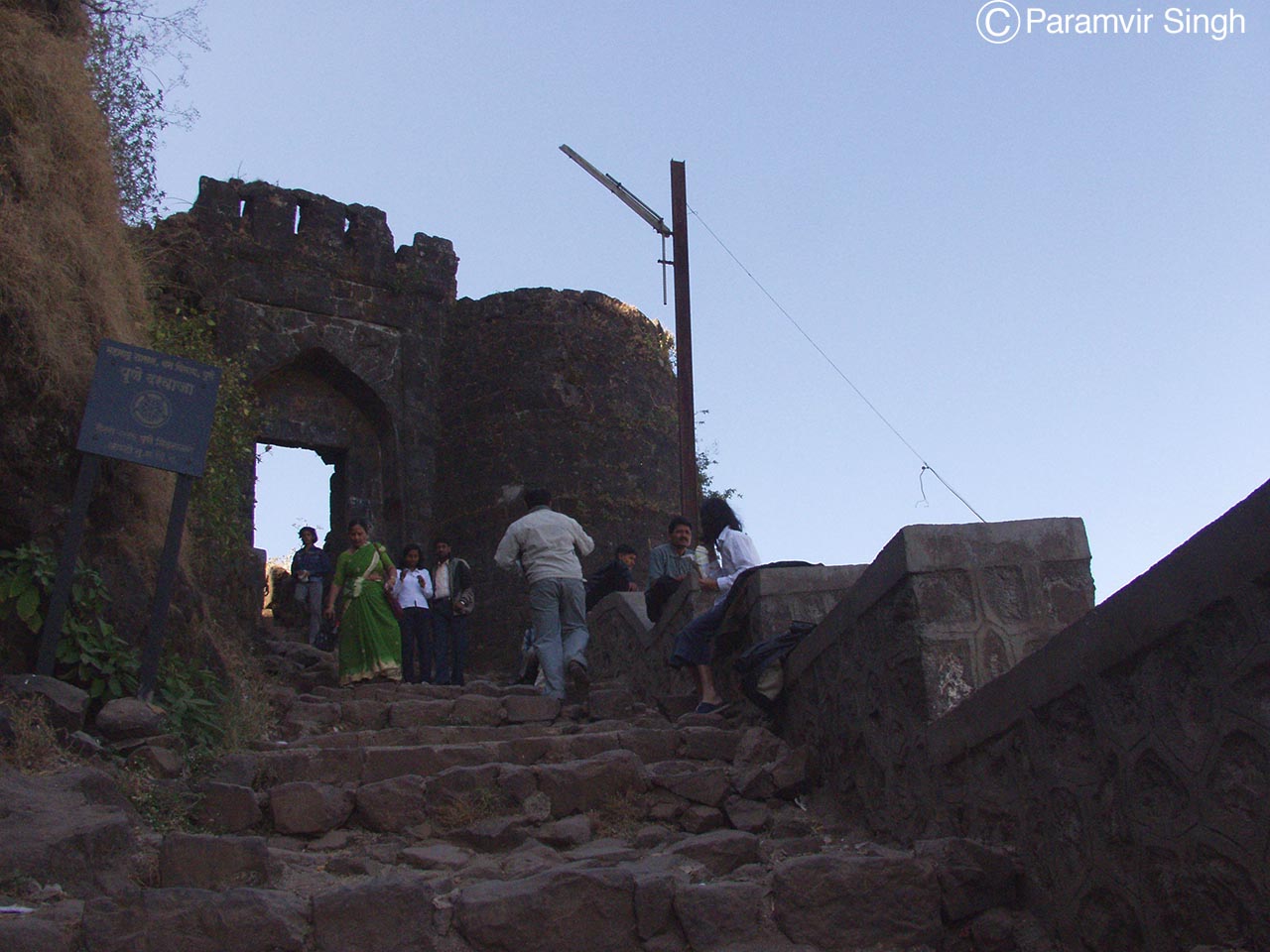
I can sense this respect you have for wildlife here… so many birds coming this there makes me want to flutter my wings and go there someday… lovely photographs, I hope humans don’t come too close and disrupt wildlife there too… enjoyed your read… but still more birds, lizards and black bucks not too many animals. Still it is worth a go I guess. I have been to Pudicherry and would love to go to Auroville again, you must write a post about Auroville if you feel it is worth it, I think it is… goodday
When I was reading your article I was going to suggest that you go to Tranquebar… and then see that you have obviously been there! 🙂
Never heard of this sanctuary… it looks absolutely lovely. Love the picture of the crab, it has such interesting eyes.
I have lived in TN for 22 years and if you showed me that picture of the blackbuck I wouldn’t have ever guessed that you had shot it in TN! Thank you for sharing this!
Tranquebar is too awesome. Even we hadn’t heard of this sanctuary till we reached Puducherry!
Wonderful shots from this place. I never knew about this before.
Amazing pictures of the sanctuary, but its so sad to hear that the locals don’t attempt to preserve such beautiful places!